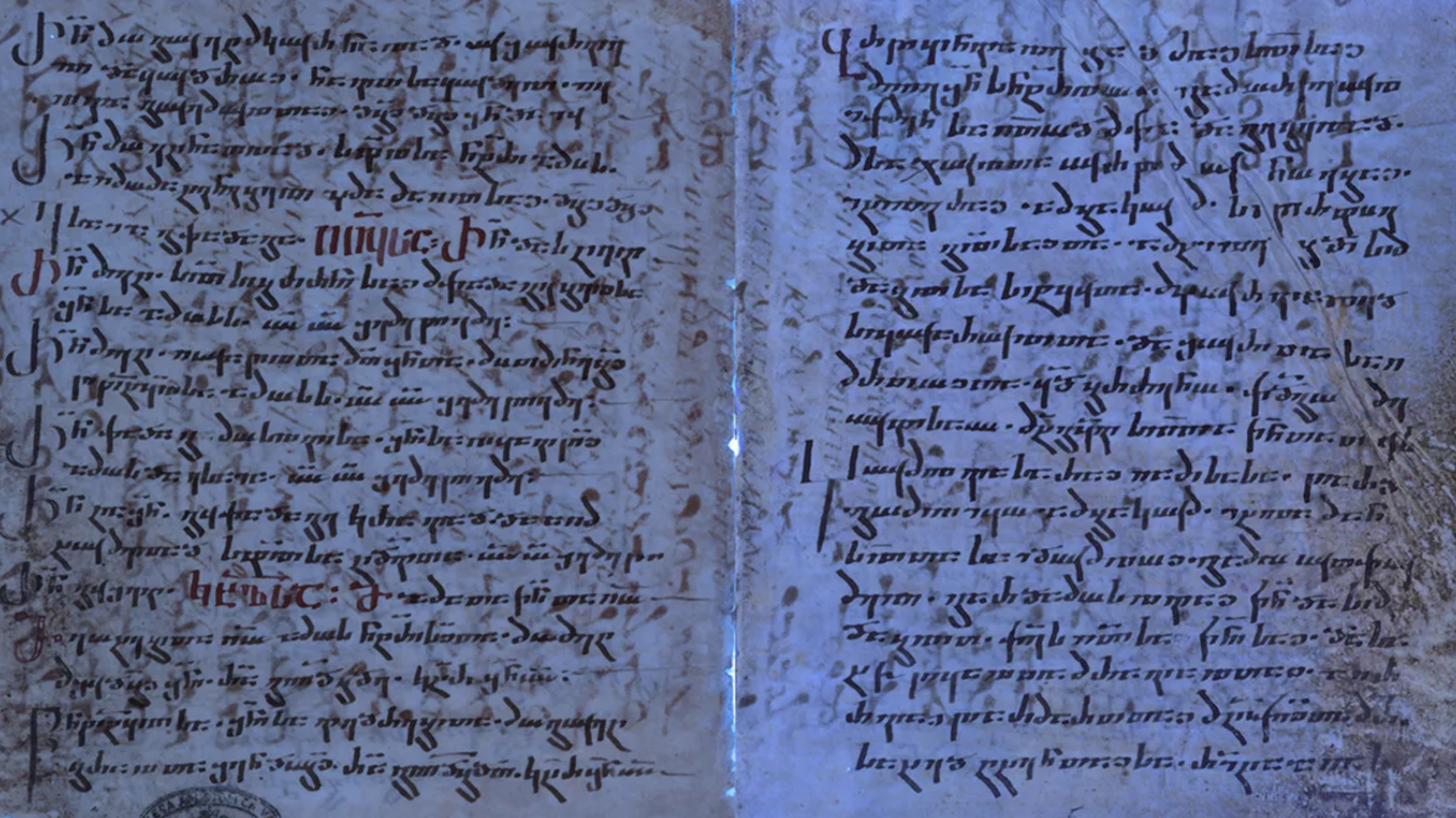
In a 1,750-year-old translation of the Gospel of Matthew, a new chapter of the Bible has been discovered. Grigory Kessel, a medievalist, discovered the chapter while photographing manuscripts under ultraviolet light in the Vatican Library.
In the Middle Ages, parchment was scarce, so when manuscripts were destroyed, the paper was frequently used again. According to the Phys.org news agency, that seems to be the case with a scribe in Palestine who apparently erased a manuscript containing a Syriac text some 1,300 years ago.
The hidden text was found as a result of the Sinai Palimpsests Project, which aims to recover manuscripts that were erasure and written over by scribes between the 4th and 12th centuries CE. Palimpsest manuscripts were quite common at the period due to the dearth of writing supplies.
These documents incorporate previously published text that has been scrubbed or washed off. However, fluorescing the manuscripts or exposing them to different wavelengths of light allows for the retrieval of text that was written hundreds of years later.
Using similar methods, researchers had previously decrypted 74 manuscripts, but the most recent discovery was particularly remarkable because it contained a translation that predated the oldest Greek translations, such as the Codex Sinaiticus by a century.
“The tradition of Syriac Christianity knows several translations of the Old and New Testaments,” Kessel said in a statement. “Until recently, only two manuscripts were known to contain the Old Syriac translation of the gospels.”
Residency at the prestigious New Bible Chapter:
The translation, which was initially written in the third century CE and copied in the sixth century CE, has not yet been made fully public, according to IFLS, although it does offer a little bit more information than the Greek translation of Matthew chapter 12.
Therefore, according to scientists, the timeline for the latest Bible chapter is the same. “Despite a limited number of dated manuscripts from this period, comparison with dated Syriac manuscripts allows us to narrow down a possible time frame to the first half of the sixth century,” scientists explained.
“At that time Jesus went through the grainfields on the Sabbath; and his disciples became hungry and began to pick the heads of grain and eat,” says the first sentence in verse 1 of the Greek translation and the Syriac translation discovered by Kessel reads, “began to pick the heads of grain, rub them in their hands, and eat them”
“Grigory Kessel has made a great discovery thanks to his profound knowledge of old Syriac texts and script characteristics,” remarked Claudia Rapp, the Director of the Institute for Medieval Research at the Austrian Academy of Sciences
“This discovery proves how productive and important the interplay between modern digital technologies and basic research can be when dealing with medieval manuscripts,” she concluded.










